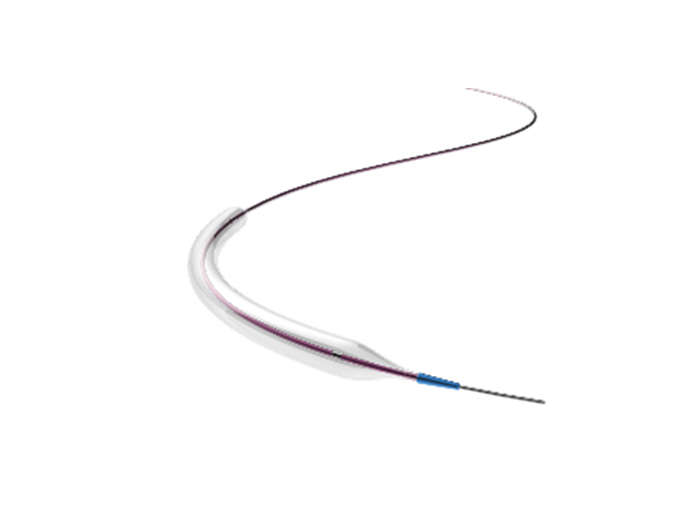the core of our corporate values
Peripheral Stent Systems in Renal Artery Intervention Treatment
The landscape of vascular interventions has undergone a transformative shift with the advent of peripheral stent systems, especially in the realm of renal artery intervention. Renal artery stenosis, a condition characterized by the narrowing of arteries that supply blood to the kidneys, poses significant health risks, including hypertension and renal failure.
Understanding Renal Artery Stenosis
Renal artery stenosis often results from a buildup of plaque within the arteries, restricting blood flow to the kidneys. This condition can have severe consequences, impacting both the cardiovascular and renal systems. Traditional approaches to managing renal artery stenosis included medication and lifestyle changes. However, peripheral stent systems have introduced a minimally invasive and highly effective alternative.
The Role of Peripheral Stent Systems
Peripheral stent systems designed for renal artery intervention are specifically engineered to provide structural support to the narrowed arteries. Composed of biocompatible materials, these stents are deployed using catheter-based procedures, minimizing the need for open surgery. The stent serves as a scaffold, expanding the narrowed artery and restoring optimal blood flow to the kidneys.
Advantages of Peripheral Stent Systems in Renal Artery Intervention
Minimally Invasive Procedures
Peripheral stent systems allow for minimally invasive procedures, reducing patient discomfort and recovery time. This approach represents a significant departure from traditional surgical interventions, making renal artery stenting a more attractive option for both patients and healthcare providers.
Precision and Customization
The design of peripheral stent systems allows for precise placement in the affected renal artery. This level of precision is crucial in tailoring interventions to the unique anatomical features of each patient, ensuring optimal outcomes and reducing the risk of complications.
Improved Patient Outcomes
Studies have shown that renal artery stenting with peripheral stent systems can lead to improved blood pressure control and renal function. By addressing the root cause of renal artery stenosis, these interventions contribute to better overall health outcomes for patients with this condition.
The Future of Renal Artery Intervention
As technology continues to advance, peripheral stent systems are poised to play an even more significant role in renal artery intervention. Ongoing research and development aim to enhance stent design, improve long-term patency rates, and expand the applicability of these systems to a broader range of patients.
Peripheral stent systems have emerged as a game-changer in renal artery intervention, offering a less invasive and highly effective alternative to traditional surgical approaches. As these technologies continue to evolve, the future looks promising for patients grappling with renal artery stenosis. The marriage of medical innovation and interventional radiology has indeed opened new doors in the quest for improved vascular health and enhanced patient well-being.
Return










